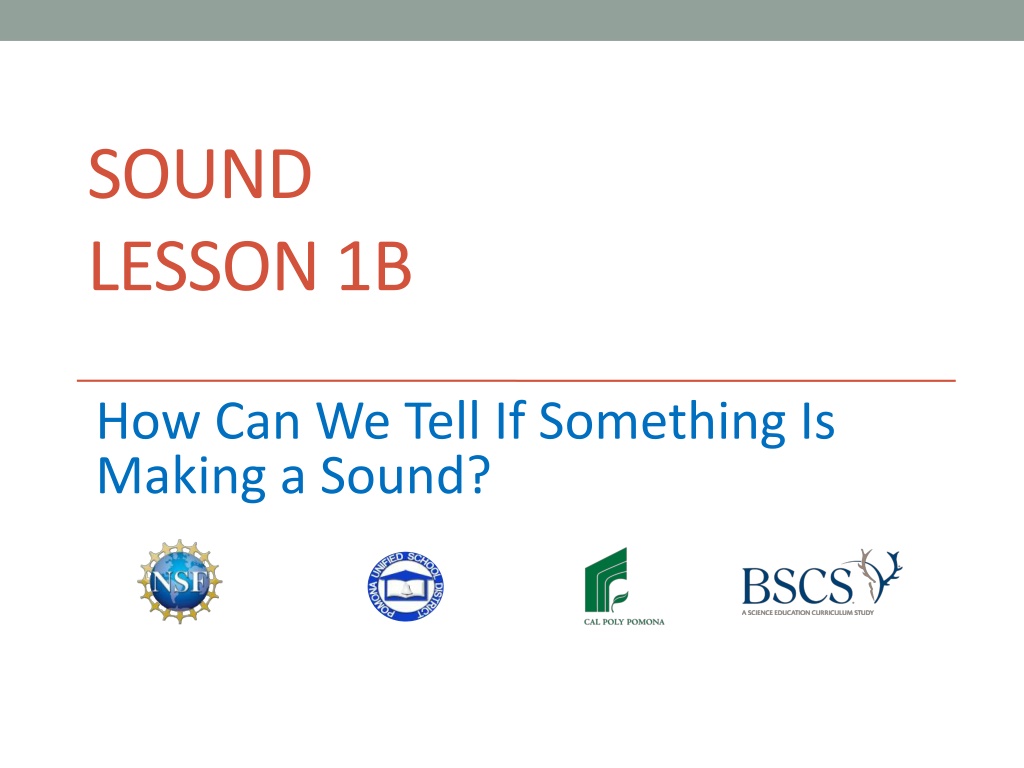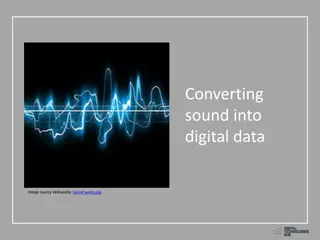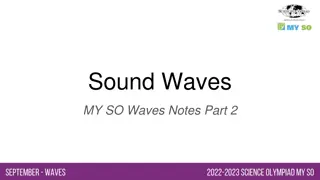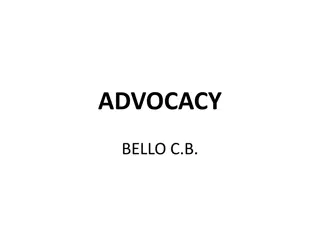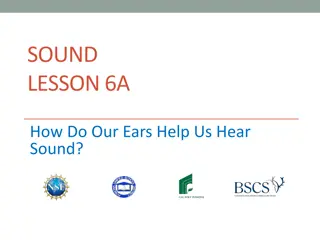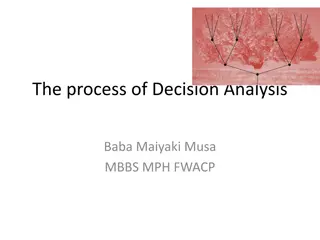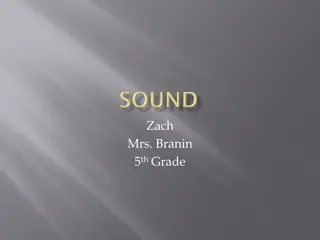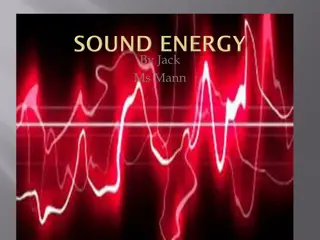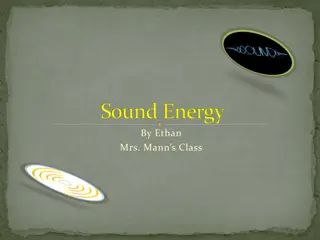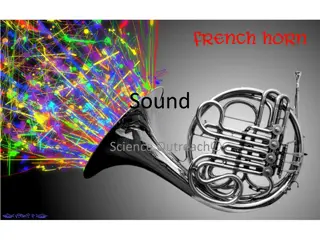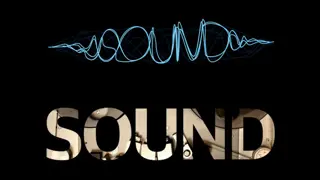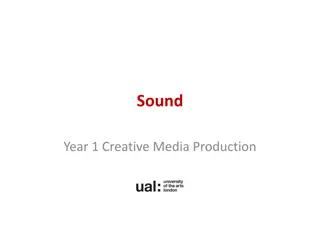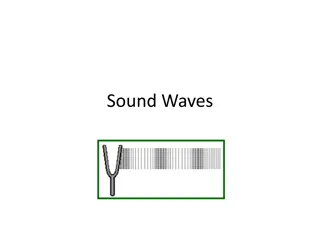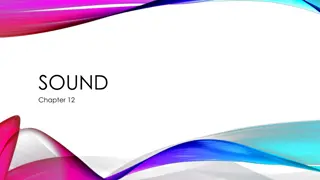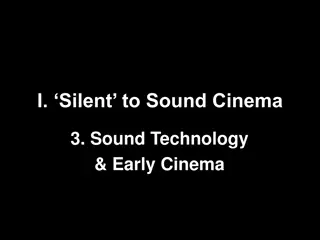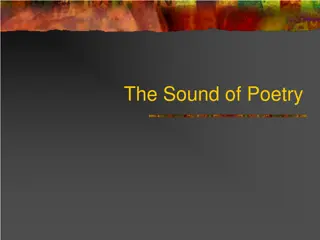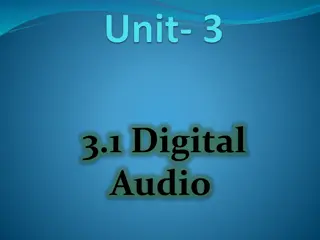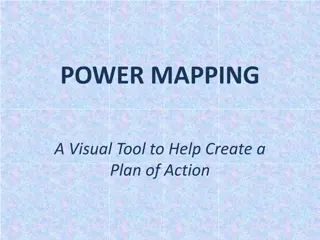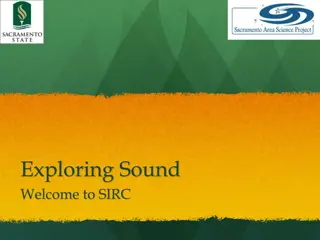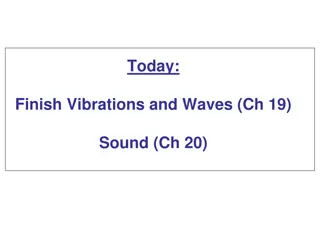Exploring Sound: How to Identify and Understand Sound Makers
Embark on a science lesson to investigate how to determine if something is making a sound. Explore evidence gathering, vibrating objects, and conducting experiments with rubber-band sound makers. Discover the importance of senses in detecting sound and develop predictions based on observations.
Download Presentation

Please find below an Image/Link to download the presentation.
The content on the website is provided AS IS for your information and personal use only. It may not be sold, licensed, or shared on other websites without obtaining consent from the author. Download presentation by click this link. If you encounter any issues during the download, it is possible that the publisher has removed the file from their server.
E N D
Presentation Transcript
SOUND LESSON 1B How Can We Tell If Something Is Making a Sound?
Unit Central Question Why do we hear sound?
Todays Focus Question How can we tell if something is making a sound?
Review: What Is Evidence? Evidence is what we find out or understand that helps us know something. Hearing a sound with our ears is evidence that something is making a sound! Scientists are like detectives because they use evidence to figure out how the world works. We re detectives, too, because we re gathering evidence to figure out why we hear sound!
A New Soundmaker Courtesy of BSCS
What Do You Predict? How will you know if our new soundmaker is making a sound? What evidence do you think you ll find? Talk about these questions with an elbow partner. Then write your ideas in your science notebook. Be prepared to share your predictions!
An Important Science Word Vibrate is an important science word we learned last time. If something is moving back and forth quickly, we say that it s vibrating. During today s investigation, look for evidence of something vibrating.
Soundmakers Data Table My Evidence of Sound Is That I Hear I See I Feel Pull on a rubber band stretched across a plastic container and then let go. Courtesy of BSCS
Rubber-Band Investigation Pairs: Take turns making sounds with your rubber-band soundmaker just like I did. (You can look at the picture and instructions on the handout too.) Use your ears, eyes, and hands to find evidence that the soundmaker is making a sound. Talk with your partner about what you hear, see, and feel. Record your evidence on your data table.
What Did Your Senses Tell You? What did you hear when you plucked the rubber band? What did you see? What did you feel?
What Evidence Did You Find? My Evidence of Sound Is That I Hear I See I Feel Pull on a rubber band stretched across a plastic container and then let go. Courtesy of BSCS
Lets Summarize! Our focus question: How can we tell if something is making a sound? Think about our investigations with the ruler and the rubber band. What are some ways we can tell whether something is making a sound?
Lets Compare Our Evidence! Compare the evidence you recorded on your both of your data tables (handouts 1.1 and 1.2). What evidence of sound did you find with your ears, eyes, and hands? How are both soundmakers the same or different?
Key Science Ideas Our senses help us find evidence that objects are making sounds. We can hear sounds with our ears. We can see vibrations with eyes. We can feel vibrations with our hands. Courtesy of BSCS
Next Time So far we ve learned that some objects vibrate when they make sounds. But do you think all soundmakers vibrate? We ll find out next time when we explore some new soundmakers. One of these new soundmakers is YOU! Do you think you vibrate when you make a sound?
